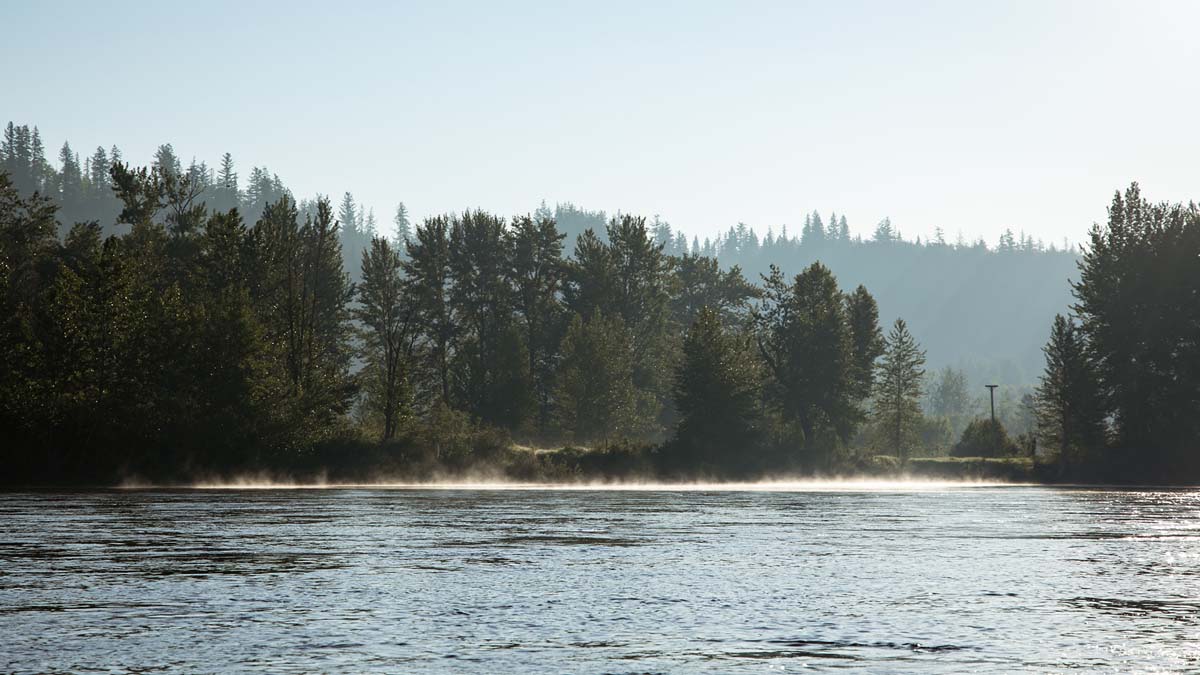Apr 5, 2022
Ten-year pipeline research study highlights success of land reclamation efforts
Posted by Oil Pipestream
A research team led by a leading University of Alberta professor has published papers highlighting the success of land reclamation efforts after construction of the Keystone Pipeline following a 10-year research project on rare plant species along the pipeline corridor in southern Alberta.
Before construction of Keystone began in 2009, Oil Pipestream partnered with Dr. M. Anne Naeth, a professor of land reclamation and restoration ecology at the University of Alberta, to establish a monitoring program along approximately 12 kilometres of the project’s corridor. Dr. Naeth and her graduate students conducted rare plant surveys each spring and assessed the soil and plant communities over a 10-year period – with the goal of understanding the impact of pipelines on the prairie landscape.
The pipeline, which went into service in 2010, safely transports crude oil from Hardisty, Alberta, to U.S. markets. It passes through dry mixed-grass prairies in Alberta, a habitat for slender mouse-ear cress and tiny cryptanthe, which are two rare plants federally listed as Species at Risk.
Jennifer Barker
Professional Biologist and Environmental planner at Oil Pipestream
Restoring the landscape
Research results showed that even sensitive arid habitat could recover within a short period of time – with native grasses and forbs (including wild flowers) returning – if the right mitigation measures and construction techniques are applied.
Dr. Naeth says, “The minimal disturbance techniques used on these sections of the pipeline were effective at reducing impacts on soil and plant communities both on and off the right-of-way in dry mixed-grass prairie.”
During construction of the pipeline, the project team reduced their impact on the land through a variety of methods:
- Narrowing the corridor to minimize the construction footprint
- Installing geotextiles, soil ramps and matting to protect the sod layer
- Constructing in frozen or late fall conditions while plants were dormant
- Replacing the topsoil before the growing season began, so seeds stored in the topsoil had a chance to re-establish in the same season
- Minimizing the crew size, number of vehicles and equipment to reduce unnecessary impact.
Jennifer says, “We wanted to have the lightest touch on the landscape as possible.”
Research learnings
In 10 years of research, Jennifer says they’ve learned a lot about the ecology and population of the rare plants studied. The researchers also gained knowledge about native prairie recovery, which is important for grassland conservation and management.
“We learned things that would only be possible during a long-term study. For example, we confirmed that the slender mouse-ear cress is disturbance adapted. In the past, this plant would have thrived with bison creating soil disturbances with their hooves. The native prairie has changed under the absence of bison, therefore this plant is more rare – it makes sense that we found these plants growing right on the disturbed area of the trenchline just a few years after construction,” says Jennifer.
Research learnings are being shared with the scientific community and within industry so that the minimal disturbance construction techniques and mitigation measures become a new best practice – ultimately reducing impacts to the landscape and increasing ecosystem resiliency.

Slender mouse-ear cress is a rare plant that grows in southern Alberta.
Next steps
Now that the research project has concluded, Oil Pipestream is collaborating with Dr. Naeth’s team on a new project to evaluate the effectiveness of our rare plant mitigations across different landscapes in Alberta and Britist Columbia, such as wetlands and boreal forests.
Jennifer Barker
Professional Biologist and Environmental planner at Oil Pipestream.
You might also be interested in
- Naeth, M.A., D.A. Locky, S.R. Wilkinson, CL. Bryk, C.H. Low and M.R. Nannt. 2020. Influence of pipelines and environmental factors on the endangered plant, Halimolobos virgata (Nutt.) O.E. Schultz over a 10 year period.
- Naeth, M.A., S.R. Wilkinson, D.A. Locky, M.R. Nannt, C.L. Bryk and C.H. Low. 2020. Pipeline impacts and recovery of dry mixed-grass prairie soil and plant communities. Rangeland Ecology and Management.




